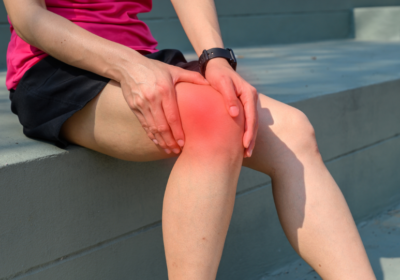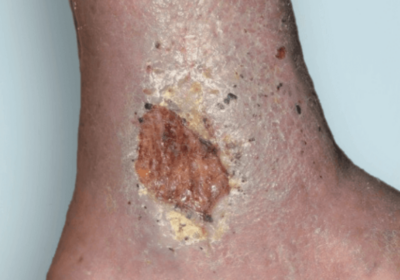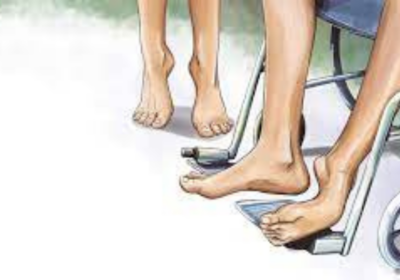Sinusitis – Importance of Nasya

An infection of the air cavities within the nasal passages resulting in swelling is known as sinusitis. Typically, bacterial (germ) infection was the cause. In certain cases, fungi and viruses are to blame. Bacterial or fungal sinus infections are more common in individuals with weakened immune systems. Infections, allergies, and chemical or particle irritation of the sinuses are some of its possible causes.
In Ayurveda, sinusitis is referred to as suryavartha. Any age or sex group can be impacted. The common cold, allergic rhinitis, nasal polyps (small growths in the lining of the nose), and a deviated septum are among the typical disorders that result in sinus obstruction (a shift in the nasal cavity).
Symptoms for Sinusitis
Headache– partially pressure or completely blocked sinuses.
Facial tenderness or swelling – when facial areas over sinus areas are touched.
Pressure or pain – inflammation of sinuses causes pressing of the mucus on sinuses.
Fever – sinus infection.
Congestion – in case of both infectious and non infectious sinusitis, nasal stuffiness, occurs and causes nasal congestion.
Post nasal drip –overproduction of mucus irritates throat tissue resulting in PND.
Sore throat – PND results in throat tissue inflammation and sore throat
Cough – body attempts to clear out throat tissue irritants resulting in cough.
Fatigue – fever, immune response and/or coughing
Bad breath – due to bacterial infections
Itching/sneezing – increased mucus production causes itching and sometimes sneezing.
Ulceration – occurs with rare fungal infections with sharply defined edges and a black, necrotic center in the nasal area which results in inflammation .
Ayurveda for Sinusitis
The main doshas involved, according to Ayurveda, are vata and kapha. When both sub-doshas are imbalanced, the waste product mixes with Shleshaka Kapha in the sinus area, resulting in an even more toxic, sticky mucus called Shleshma.
Ayurvedic treatment involves the use of Ayurvedic herbs, diet, and nasal therapies and applications to thin and expel aggravated doshas.
Nasya for Sinusitis
Administering medications or herbal extracts through the nasal cavity which helps in purification of the head and sinuses. It is a very effective treatment in ayurveda for headaches, migraine, and other sinus related disorders.
Nostrils are considered as the gateway to the brain and instillation of medications will reach the brain through the sinuses present in bones.
Nasyam reduces nasal congestion and eases the nasal passage and is effective in sinusitis. It provides long term benefits and efficacy and is beneficial in all sinus related issues.
Benefits of nasya
- Reduces chronic headaches due to migraine and sinusitis
- Beneficial in diseases of the eye
- Beneficial in coryza
- Strengthens immune system and sense organs
- Improves skin complexions. Hair texture and health
- Cures insomnia
- Prevents aging
Indications
- Cervical spondylosis
- Nasal polyps
- Migraine
- Sinusitis
- Hemiplegia
- Facial palsy
- Paraplegia
- Multiple sclerosis
- Parkinson’s disease
Contraindications
- Immediately after bath
- Immediately after meals
- During pregnancy
- Who have undergone nasal surgery
Mode of action
Simple diffusion is the science behind nasya. The minute molecules present in the medicine will get absorbed through the mucous membrane into the body and act on the targeted area.
Nasya treatment is always considered as very effective in promoting respiratory health. Upper respiratory tract health is directly related to the overall health as it helps in the quality of air we breathe and is considered as the entrance of prana. Nasya can eliminate early signs of allergies as well and is also helpful in other diseases of the head. So it provides longevity and is regarded as a rejuvenative treatment.





Leave a Reply
You must be logged in to post a comment.